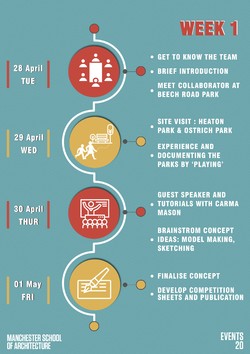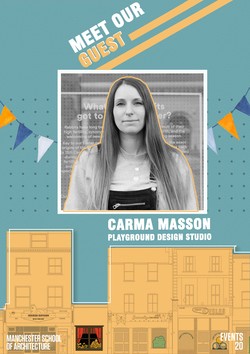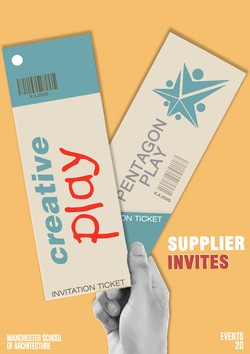Introducing Our Collaborator!
Friends of Beech Road Park is a dedicated local group in Chorlton that is passionate about their local park. The Friends Group actively contributes
Friends of Beech Road Park is a dedicated local group in Chorlton that is passionate about their local park. The Friends Group actively contributes
Posted 23 Mar 2020 12:23




















